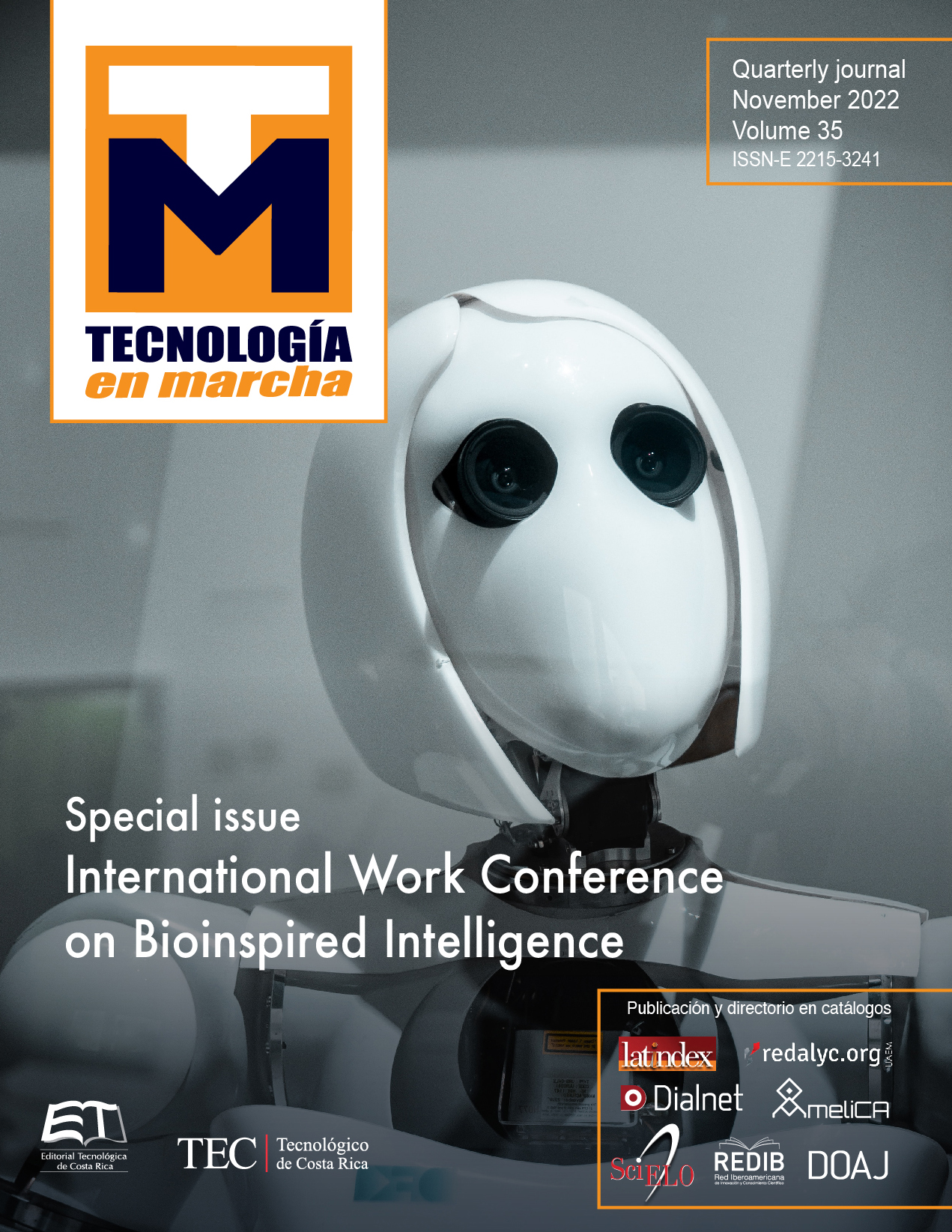The impact of social media messages on Parkinson’s disease treatment: detecting genuine sentiment in patient notes
Main Article Content
Abstract
Parkinson’s Disease(PD), one of the most serious neurodegenerative diseases that known huge controversy on social networks. Following medical lexicons, few approaches have been extended to leverage sentiment information that obviously reflects the patient’s health status in terms of related-narratives observations. It is been crucial to analyze online narratives and detect sentiment in patients’ self-reports. In this paper, we propose an automatic concept-level neural network method to distilling genuine sentiment in patients’ notes as medical polar facts into true positives and true negatives. Towards building emotional Parkinsonism assisted method from Parkinson’s Disease daily narratives di- gests, we characterize polar facts of defined medical configuration space through distributed biomedical representation at the concept-level as- sociated with real-world entities, which are operated to quantifying the emotional status of the speaker context. We conduct comparisons with state-of-art neural networks algorithms and biomedical distributed systems. Finally, as a result, we achieve an 85.3% accuracy performance, and the approach shows a well-understanding of medical natural language concepts.
Article Details

This work is licensed under a Creative Commons Attribution-NonCommercial-NoDerivatives 4.0 International License.
Los autores conservan los derechos de autor y ceden a la revista el derecho de la primera publicación y pueda editarlo, reproducirlo, distribuirlo, exhibirlo y comunicarlo en el país y en el extranjero mediante medios impresos y electrónicos. Asimismo, asumen el compromiso sobre cualquier litigio o reclamación relacionada con derechos de propiedad intelectual, exonerando de responsabilidad a la Editorial Tecnológica de Costa Rica. Además, se establece que los autores pueden realizar otros acuerdos contractuales independientes y adicionales para la distribución no exclusiva de la versión del artículo publicado en esta revista (p. ej., incluirlo en un repositorio institucional o publicarlo en un libro) siempre que indiquen claramente que el trabajo se publicó por primera vez en esta revista.
References
Salama A. Mostafa, Aida Mustapha, Mazin Abed Mohammed, Raed Ibraheem Hamed, N. Arunkumar, Mohd Khanapi Abd Ghani, Mustafa Musa Jaber, and Shihab Hamad Khaleefah. Examining multiple feature evaluation and classification methods for improving the diagnosis of Parkinson’s disease. Cognitive Systems Research, 2019.
Nut Limsopatham and Nigel Collier. Normalising medical concepts in social media texts by learning semantic representation. In 54th Annual Meeting of the Association for Computational Linguistics, ACL 2016 - Long Papers, 2016.
Azadeh Nikfarjam, Abeed Sarker, Karen O’Connor, Rachel Ginn, and Graciela Gonzalez. Pharmacovigilance from social media: Mining adverse drug reaction mentions using sequence labeling with word embedding cluster features. Journal of the American Medical Informatics Association, 2015.
Rodrigues R.G., das Dores R.M., Camilo-Junior C.G., and Rosa T.C. SentiHealth- Cancer: A sentiment analysis tool to help detecting mood of patients in online social networks. International Journal of Medical Informatics, 2016.
Yoshua Bengio, Aaron Courville, and Pascal Vincent. Representation learning: A review and new perspectives. IEEE Transactions on Pattern Analysis and Machine Intelligence, 2013.
Kai Shuang, Zhixuan Zhang, Hao Guo, and Jonathan Loo. A sentiment informa- tion Collector–Extractor architecture based neural network for sentiment analysis. Information Sciences, 2018.
Hanane Grissette, EL Habib Nfaoui, and Adil Bahir. Sentiment Analysis Tool for Pharmaceutical Industry & Healthcare. Transactions on Machine Learning and Artificial Intelligence, 2017.
Hanane Grissette and El Habib Nfaoui. Enhancing convolution-based sentiment extractor via dubbed N-gram embedding-related drug vocabulary. Network Mod- eling Analysis in Health Informatics and Bioinformatics, 9(1):42, 2020.
Ivo D. Dinov, Ben Heavner, Ming Tang, Gustavo Glusman, Kyle Chard, Mike Darcy, Ravi Madduri, Judy Pa, Cathie Spino, Carl Kesselman, Ian Foster, Eric W. Deutsch, Nathan D. Price, John D. Van Horn, Joseph Ames, Kristi Clark, Leroy Hood, Benjamin M. Hampstead, William Dauer, and Arthur W. Toga. Predictive big data analytics: A study of Parkinson’s disease using large, complex, heteroge- neous, incongruent, multi-source and incomplete observations. PLoS ONE, 2016.
Niousha Karimi Dastjerd, Onur Can Sert, Tansel Ozyer, and Reda Alhajj. Fuzzy Classification Methods Based Diagnosis of Parkinson’s disease from Speech Test Cases. Current Aging Science, 2019.
Nut Limsopatham and Nigel Collier. Adapting phrase-based machine translation to normalise medical terms in social media messages. In Conference Proceedings - EMNLP 2015: Conference on Empirical Methods in Natural Language Processing, 2015.
Ioannis G. Tsoulos, Georgia Mitsi, Athanassios Stavrakoudis and Spyros Papapetropoulos. Application of machine learning in a Parkinson’s disease digital biomarker dataset using Neural Network Construction (NNC) methodology dis- criminates patient motor status. Frontiers in ICT, 2019.
Salud María Jiménez-Zafra, M. Teresa Martín-Valdivia, M. Dolores Molina- González, and L. Alfonso UreñaLópez. How do we talk about doctors and drugs? Sentiment analysis in forums expressing opinions for medical domain. Artificial Intelligence in Medicine, 2019.
Abeed Sarker and Graciela Gonzalez. A corpus for mining drug-related knowledge from Twitter chatter: Language models and their utilities. Data in Brief, 2017.
Yijia Zhang, Qingyu Chen, Zhihao Yang, Hongfei Lin, and Zhiyong Lu. BioWord- Vec, improving biomedical word embeddings with subword information and MeSH. Scientific Data, 2019.
Ramon Cacabelos. Parkinson’s disease: From pathogenesis to pharmacogenomics, 2017.
Max Little, Paul Wicks, Timothy Vaughan, and Alex Pentland. Quantifying short- term dynamics of parkinson’s disease using self-reported symptom data from an internet social network. Journal of Medical Internet Research, 2013.

